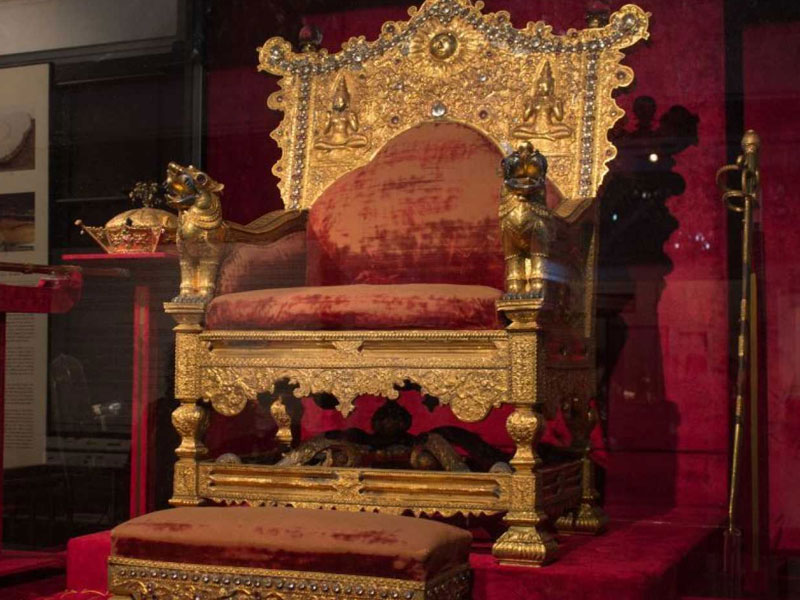Colombo National Museum: A Comprehensive Journey Through Sri Lanka’s Heritage
Overview: Established in 1877, the Colombo National Museum is Sri Lanka’s most significant museum and a central repository of the island’s rich historical and cultural heritage. Located in the heart of Colombo, the museum offers a deep dive into the island’s past through its vast collection of artifacts, manuscripts, and historical relics. It stands as a beacon of Sri Lanka’s diverse cultural and historical legacy, providing visitors with a comprehensive understanding of the island’s evolution from ancient times to the present.







Why Visit: The Colombo National Museum is a must-visit for anyone interested in exploring Sri Lanka’s extensive history and cultural heritage. It offers a detailed and immersive experience, with exhibits that span from ancient times to the colonial period. The museum’s collection provides a comprehensive overview of Sri Lankan history, showcasing the island’s artistic achievements, religious practices, and royal traditions. Visitors can gain a deeper understanding of Sri Lanka’s rich and diverse heritage through the museum’s thoughtfully curated displays.



The Colombo National Museum is not only a repository of Sri Lankan history but also a vibrant institution that actively contributes to the preservation and promotion of the island’s cultural legacy. Its extensive collection and educational programs make it an essential destination for those seeking to explore the depth and richness of Sri Lanka’s past.



This is the official website of the Ministry of Tourism, Republic of Indonesia. The contents listed on this website are intended for informational purposes rather than commercial. Any displayed sale is meant as a token of partnership and will always redirect you to our partners’ sites.